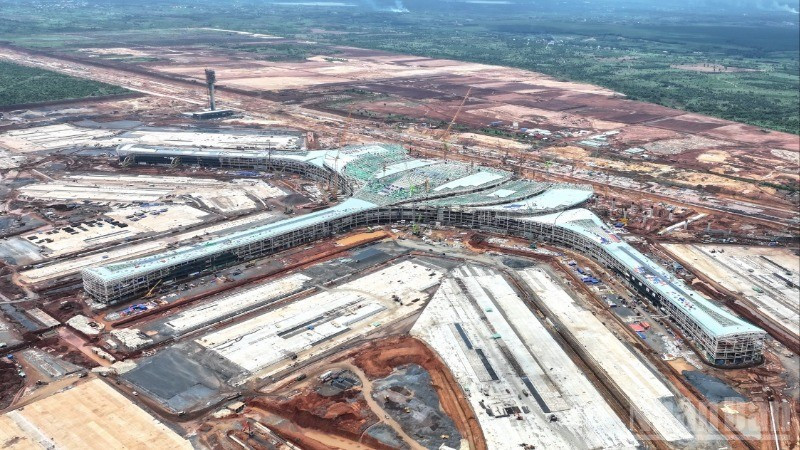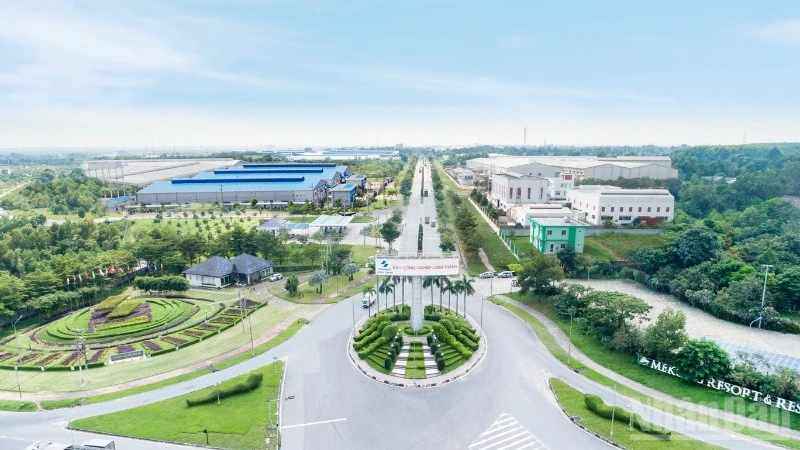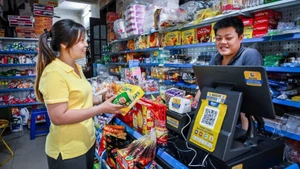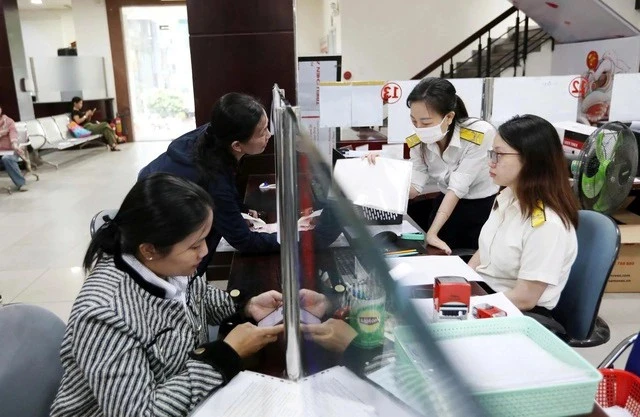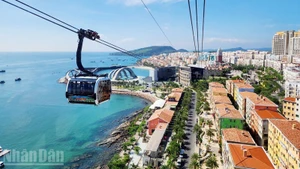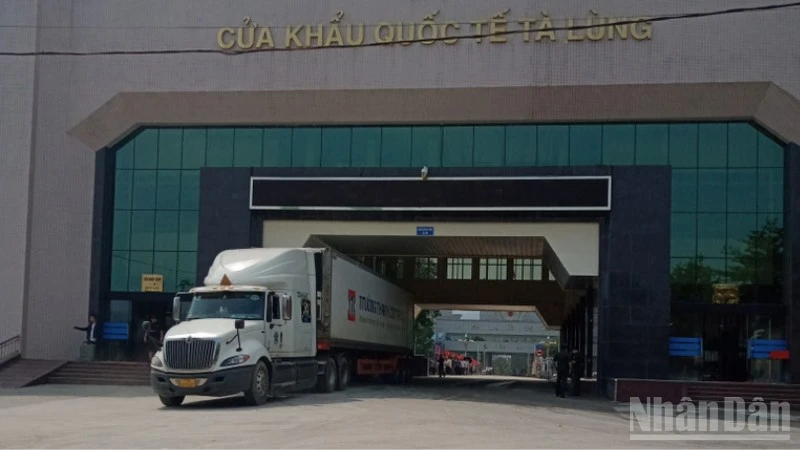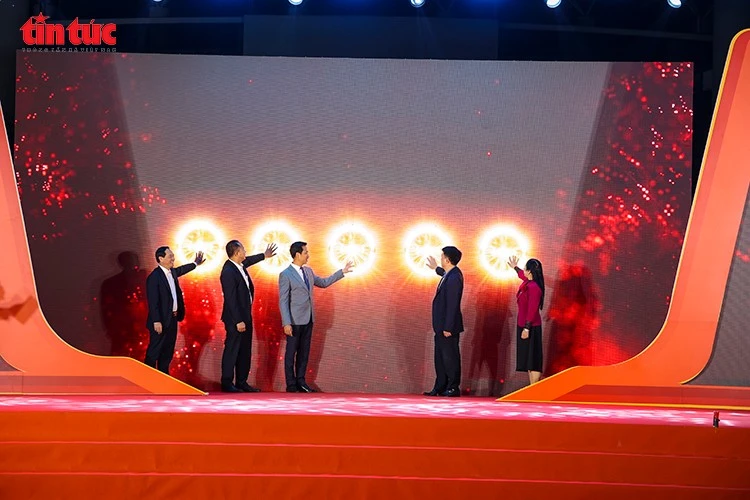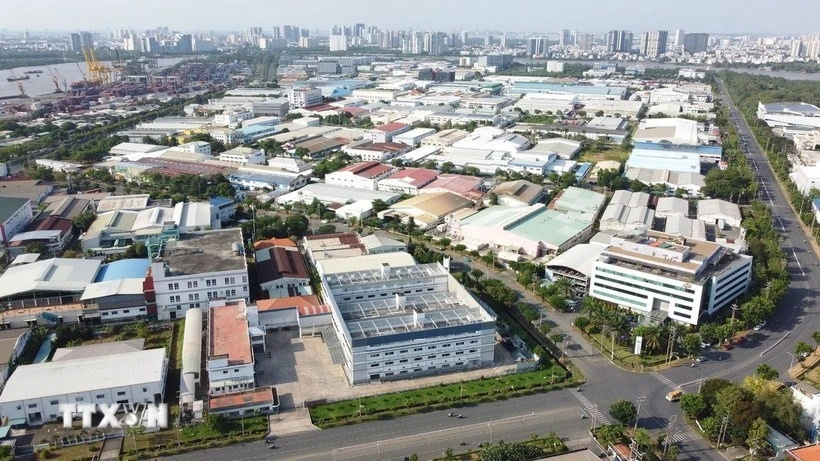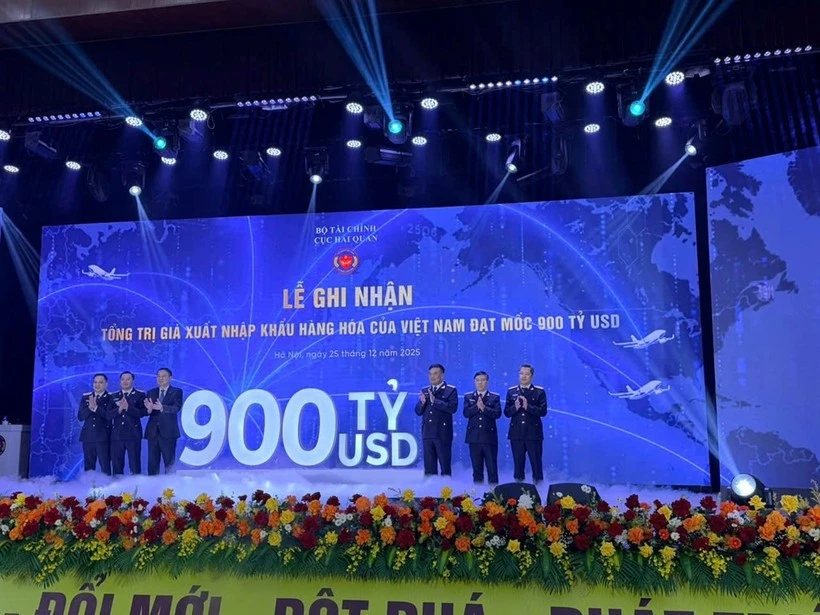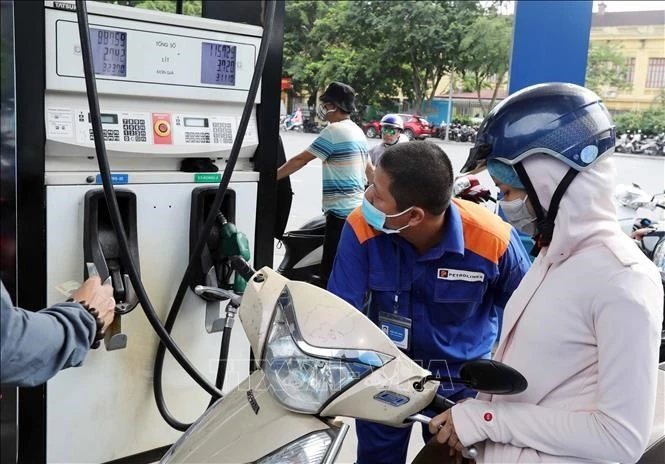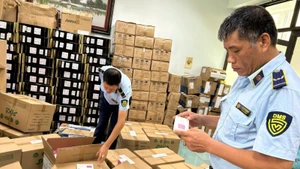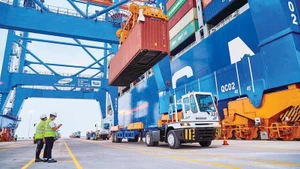Since officially becoming operational on July 1, the entire political system of Long Thanh Commune has strived to best serve citizens and businesses. At the same time, the commune has focused on comprehensive investment and modernisation of inter-regional transport infrastructure to create breakthroughs towards becoming an urban centre.
Working day and night
Identifying one of the most important steps in operating a two-tier government is to promptly resolve administrative procedures to serve people and businesses, the Party Committee and local authorities of Long Thanh Commune have paid special attention to assigning qualified and ethical personnel, as well as ensuring appropriate facilities to maintain smooth operation of the commune-level Public Administration Service Centre.
Nguyen Thi Hang, a resident of Xom Goc Hamlet, Long Thanh Commune, said: “I came to submit documents for land-related procedures and received dedicated guidance from young volunteers. Inside, the staff received and processed my application enthusiastically. At first glance, I find this very good.”
Similarly, Vu Van Hoat, from Quan Hai Hamlet, commented that the service centre is conveniently located in the centre of the commune, making it easy for residents to access. The facilities are spacious and well-ventilated, and despite the high number of visitors, the reception and processing of documents are handled smoothly.
The Long Thanh commune-level Public Administration Service Centre has arranged 12 counters for receiving and returning results. From July 1 to 21, the centre guided and received 2,118 administrative dossiers, of which 1,239 fell under the jurisdiction of the commune People's Committee. The local authorities resolved these dossiers on or before the deadline, achieving a rate of 98.82%.
Ly Minh Long, Deputy Director of the centre, said that staff have been trained to proficiently use software and online public service systems. Additionally, the ground floor of the centre is equipped with eight computers, supported by a volunteer youth team to assist residents in submitting online applications.
In high-volume areas, particularly certification services that must return results within the day, the pressure on staff is considerable. As such, staff members work day and night, sometimes processing documents as late as 11 p.m. to ensure timely resolution.
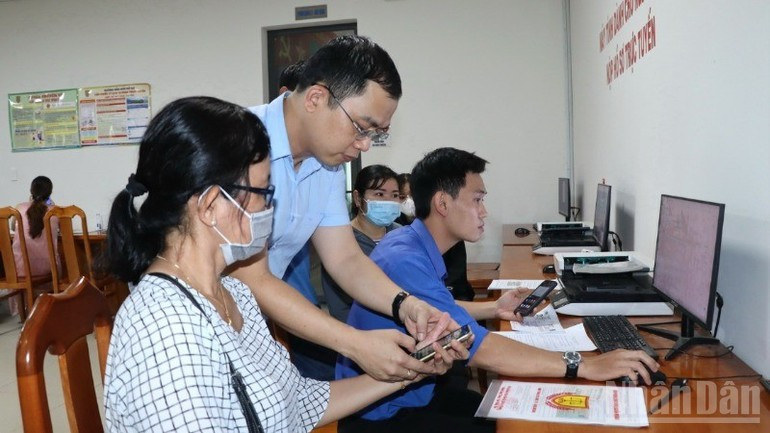
Chairman of Long Thanh Communal People’s Committee Le Hoang Son said that in practice, some staff are still unfamiliar with handling certain types of documents, requiring hands-on guidance from leaders. Moreover, many officers are taking on new responsibilities; for instance, those who previously handled only land-related procedures now also manage planning and construction applications. As a result, they need additional training, which takes time.
Another challenge is that Long Thanh Commune has a land area double that of neighbouring communes, and although the workload is higher, the number of officials, civil servants and public employees remains roughly the same. The local government hopes provincial departments will support the commune with additional staff, especially for receiving and handling complaints and denunciations.
Comrade Duong Minh Dung, Member of the Provincial Party Standing Committee and Secretary of the Long Thanh Communal Party Committee, stated that the commune has benefited from inheriting the infrastructure of the former Long Thanh District administrative centre, which was methodically developed. As a result, the new administrative system has operated smoothly since day one.
Notably, most of the documents and cases from the former Long Thanh District have been transferred to the new Long Thanh Commune. Thanks to unity and dedication to the people and businesses, all officials and public employees have strived to fulfil their assigned tasks. Many staff have worked day and night, including Saturdays and Sundays, to clear the backlog. As of now, all pending dossiers have been processed.
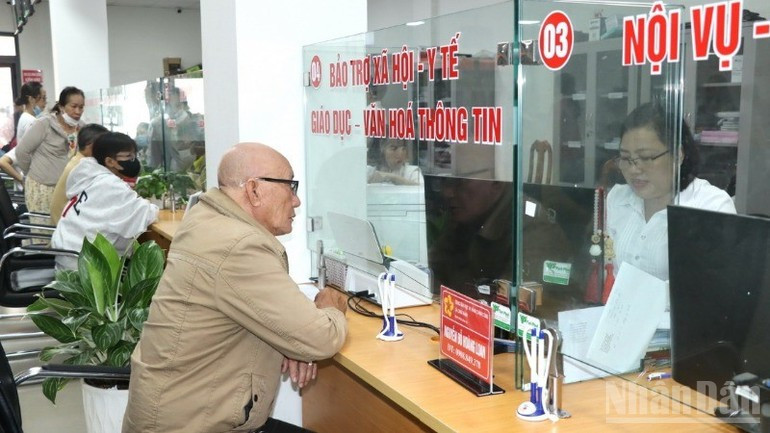
Accelerating Long Thanh’s path to urban development
Long Thanh Commune was established through the merger of four former administrative units: Binh Son Commune, Long An Commune, Loc An Commune, and Long Thanh Town. Covering over 130km² and home to more than 86,000 residents, Long Thanh holds a strategic position within Dong Nai Province, particularly as it hosts the Long Thanh International Airport currently under construction.
The airport project spans over 5,000 hectares, with a total estimated investment of more than 16 billion USD, implemented in three phases. Phase 1, with over 5.4 billion USD in investment, is of great significance to Viet Nam’s socio-economic development. It includes one runway, one passenger terminal, and synchronous auxiliary facilities designed to handle 25 million passengers and 1.2 million tonnes of cargo annually.
Upon completion of all phases, Long Thanh Airport is expected to reach a capacity of 100 million passengers per year, becoming the largest airport in Viet Nam and aiming to serve as a major international aviation hub in the region.
Once operational, Long Thanh Airport will serve as a key regional transport hub, connecting domestic and international routes, and unlocking breakthrough development opportunities for the southern region and the country at large.
Dong Nai Province is also planning a free trade zone covering more than 8,500 hectares, linked with Long Thanh Airport and Phuoc An Port, with a projected investment of around 16 billion USD.
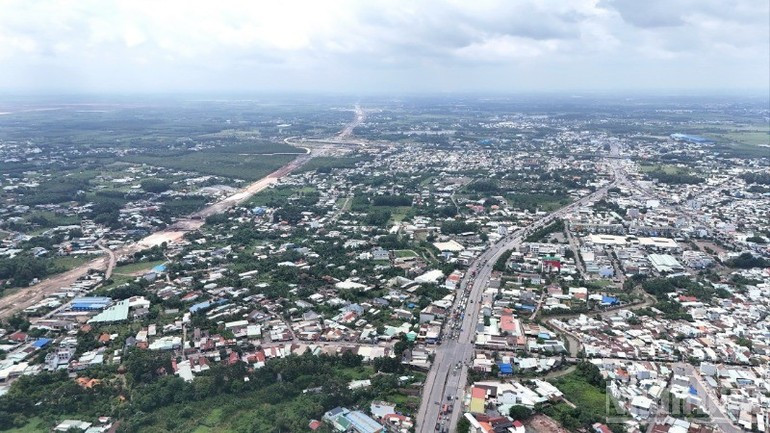
In addition, the Bien Hoa–Vung Tau Expressway section through Long Thanh is being accelerated, alongside preparations to launch a high-speed railway and develop an integrated transport network.
According to Le Hoang Son, Chairman of the Long Thanh Commune People’s Committee, the entire airport area lies within the commune’s boundaries, along with the surrounding buffer zones. This opens significant development potential in the near future as the airport nears completion and operation.
The local Party Committee and authorities have recognised this opportunity and issued strong directives to all relevant departments and agencies to closely coordinate with provincial bodies in processing documents for citizens, organisations and businesses. For major projects in the area currently decentralised to the Regional Project Management Board, the commune has made efforts to clear land and implement public investment projects at the local level.
One of the key breakthrough tasks identified by the Long Thanh Commune Party Committee is to invest synchronously and modernise inter-regional transport infrastructure. Simultaneously, the commune aims to develop modern urban, logistics and commercial service zones around the airport, in parallel with completing social infrastructure, ensuring social welfare, and improving the quality of life for residents, creating a breakthrough to transform Long Thanh into a smart urban airport area of sustainable development.
